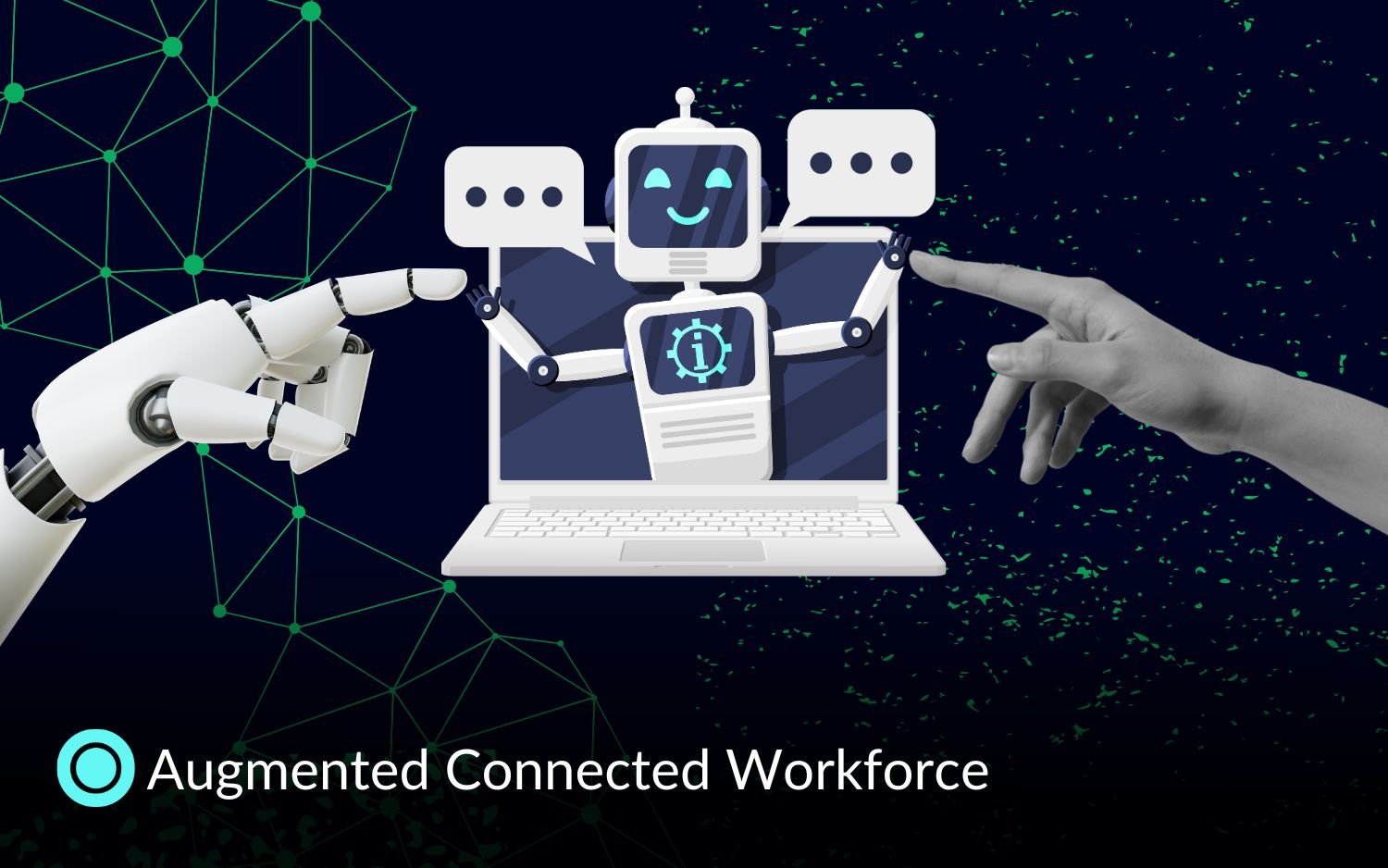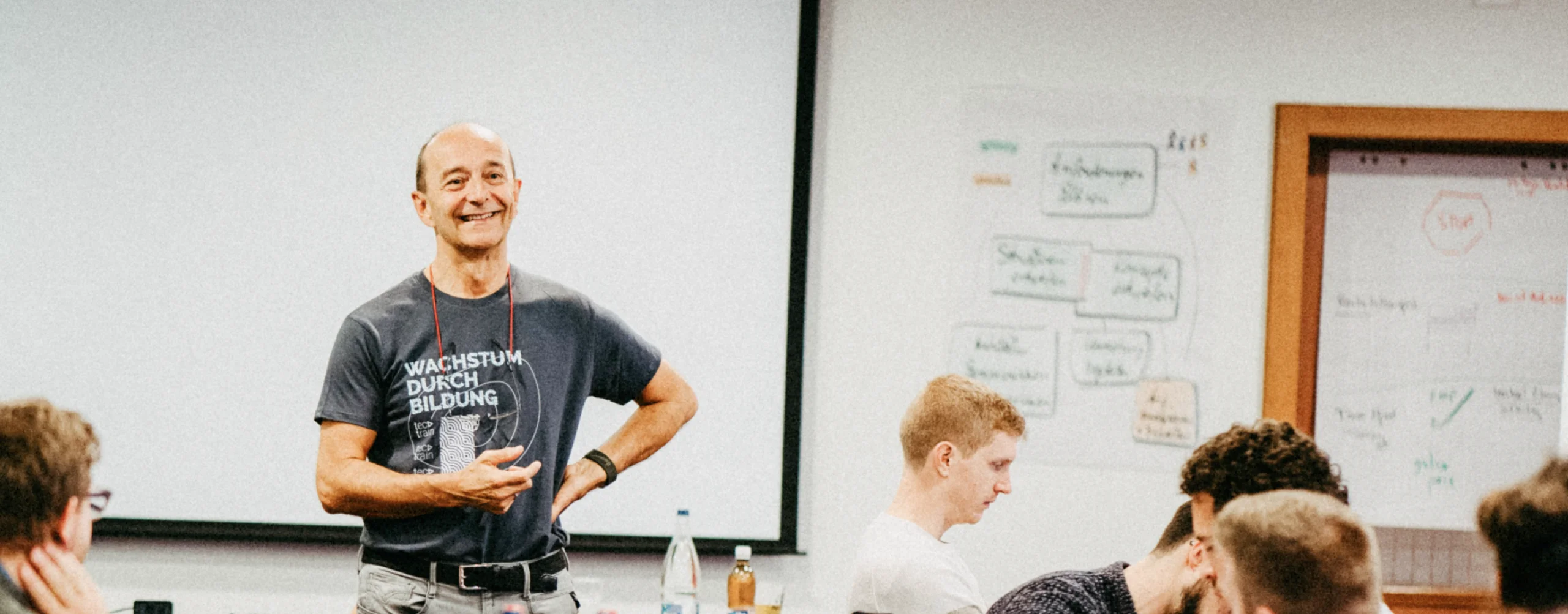Key Takeaways;
-
The rise of AI and technologies like AR and IoT is revolutionizing how we work, making our jobs easier by taking over the mundane tasks and boosting our productivity. This shift allows us to dedicate more time to tasks that require human insight and creativity.
-
Integrating AI into our workplaces does come with its set of hurdles, including the upfront costs and the need for new skills. But, it's also paving the way for exciting innovations, enhancing workplace safety, and making it possible for teams to collaborate more effectively, even from afar.
-
The idea of the augmented connected workforce is all about bringing people and smart technology together. It's a strategy to make sure everyone can do their best work, combining our natural talents with the speed and accuracy of AI to get ahead faster.
-
Generative AI is reshaping the job market by automating some parts of our jobs, which might sound a bit scary at first. But it's actually freeing us up to tackle more interesting challenges, pushing us towards roles that make the most of human creativity and problem-solving skills.
-
Embracing AI isn't just about keeping up with technology—it's about rethinking how we learn and work, ensuring we're making ethical choices, and seeing AI as a tool that doesn't replace us but instead helps us to achieve more. It's an opportunity for all of us to innovate and create new roles that didn't exist before, making the future of work exciting and full of possibilities.
The Power of AI in the Workforce
We all follow the developments in the field of AI closely, in fact, we have to. In January 2022, the World Economic Forum and the University of Cambridge released an article titled "Augmented Workforce: Empowering People, Transforming Manufacturing" that signaled how the relationship between technology and people would change. The inclusion of this technology in our lives gained momentum with the launch of ChatGPT.
The release of ChatGPT in November 2022 marked a turning point in AI developments in 2023, starting an era of change that would affect all sectors.
This change, which contributes to business processes and operations in numerous ways, has become influential in many areas, from the integration of AI and its derivative technologies into work environments to increasing employees' skills and productivity.
The benefits provided by AI technology are increasing every day. But didn't we also face challenges in this process of rapid developments and required adaptation?
What is an augmented connected workforce?
The 'Augmented Connected Workforce' aims to build a bridge between humans and technology. In other words, it aims to integrate augmented technologies like AI and IoT into work environments to support the workforce and enhance employees' productivity and skills.
Gartner defines Augmented Connected Workforce in the Top Strategic Technology Trends 2024 report as;
A strategy to optimize the value delivered by human staff by establishing a connective tissue that optimizes use of intelligent technology, workforce analytics and skill augmentation to accelerate and scale talent building.

According to the same report, Gartner predicts that;
Through 2027, 25% of CIOs will use augmented connected workforce initiatives to reduce time to competency by 50% for key roles.
- Source: Gartner
Why has Augmented Connected Workforce become such a popular concept?
-
The possibility of solving complex problems more easily and quickly
-
Increasing productivity, communication, and efficiency in the workplace
-
Creating an efficient cycle in meeting customer demands, determining and presenting value
Positive impacts of generative AI on jobs
Increasing Employee Productivity
Now, thanks to artificial intelligence (AI) and augmented reality (AR) technologies, companies can automate routine tasks and reduce the time allocated to manual tasks. This allows employees to quickly access the necessary information, preventing time loss.
Featured Source:
What is AI-Augmented Software Development?
How can business processes be adapted to the shortage of skilled workers to reduce personnel pressure?
To cope with the shortage of skilled workers, companies are redesigning their business processes with digital solutions. Automation and digitization take over repetitive tasks, lightening employees' loads. Offering flexible working hours or work-from-home options is another way to reduce the workload and make the company more attractive.
For more details about the skill shortage, you can check our blog post "Skill Shortage is Growing in Europe: New Case Study 2024" or download the report below.
Enhancing Employees' Safety and Well-being
Augmented reality (AR) technology helps industries effectively manage risks by providing real-time alerts and safety information, thereby reducing accidents and potential hazards.
Improving Communication and Collaboration
Virtual workspaces and remote workflow automation improve communication and collaboration among employees. Through connected devices and real-time communication platforms, employees can collaborate on projects and share ideas, no matter where they are.
Enabling Remote Work
Thanks to AR and the Internet of Things (IoT) technologies, employees can work even if they are not physically in the office. This capability makes it easier to overcome challenges such as travel restrictions and creates a more accessible working environment.
Improving Accuracy and Precision of Work
Remote collaboration, guided by visual cues, helps reduce errors. Companies can integrate AR technology into their workflows to facilitate processes, minimize errors, and optimize resource allocation. For example, field service technicians equipped with AR can easily visualize complex procedures and receive step-by-step instructions; this speeds up problem resolution and improves service quality.
Challenging impacts of generative AI on the job market
Initial Costs
Adopting advanced technologies like augmented reality can be quite expensive initially. Companies face expenses such as setting up new systems, training employees, and updating these trainings. If special software is needed, this can further increase costs.
Integration Challenges
The compatibility of companies' existing technology infrastructures with new and advanced technologies is crucial. If current systems fall short, updating them to accommodate the integration of AI into the workforce incurs additional costs. This highlights the direct impact of AI on workforce dynamics, necessitating infrastructures that can support the sophisticated demands of AI applications.
Technological Skill Shortage
Adapting to new technologies, including the integration of AI in the workforce, requires an in-depth learning process. To stay ahead of this evolving trend and mitigate the impact of AI on the workforce, companies must either train their employees or recruit experts in the field. This necessity can introduce significant expenses and delays. However, organizations like tecnovy provide essential support in bridging this gap.
Tecnovy offers training to ensure employees have the necessary knowledge and skills about new technologies and the challenges posed by AI and workforce integration and ensuring that the workforce is prepared for the impact of AI on their roles and industries. Such training effectively addresses technological skill shortages. For more information and training options, you can visit the tecnovy Academy website.
Regulatory Compliance Challenges
Every new technology must comply with the legal and regulatory requirements of the industry. The real-time data flow brought by technologies like augmented reality introduces new challenges related to privacy and data security. To overcome these challenges and ensure compliance, companies must make the necessary arrangements.
Organizations like the EC-Council offer data security training that is crucial at this point. Tecnovy, in collaboration with EC-Council, provides training to help companies overcome these compliance challenges. For more information and training options regarding data security, you can visit the EC-Council at tecnovy page.
Ethical Concerns
The use of technologies like artificial intelligence can inadvertently lead to biases, causing unequal treatment among employees. Additionally, the increase in automation may reduce the necessity for some job roles, leading to layoffs and concerns about the relevance of people's job skills.
How AI Might Impact The Job Market In 2024
The emergence of new technologies raises concerns in the business world. Indeed, automation technologies could make some job positions obsolete. But what if we look at the other side of the coin? AI can be organized to automate routine tasks and increase efficiency in business processes, allowing people to move towards more valuable tasks. How we use technology will affect whether we can control artificial intelligence or it controls us.
Believing AI exists to take over human intelligence
The development of new technologies often opens the door to new opportunities in the business world. Just like during the industrial revolution era, although the necessity for some jobs decreased, this situation also led to the emergence of previously non-existent job sectors. The industrial revolution led to many traditional jobs being replaced by automation, but this transformation also led to the birth of new sectors and job areas.
A similar transformation can be anticipated with the widespread adoption of artificial intelligence technology. This evolution could lead to companies conducting more research, developing innovative solutions, and creating entirely new job positions. If technological advancements are well-utilized, like in the past, they will not only transform existing jobs but also expand the economy and create new employment opportunities.
In the future, the way we interact with computers will change significantly, bringing rich, layered dialogs to the forefront. More importantly, technology will enhance our cognitive abilities, producing new and original things for us. Thus, artificial intelligence will go beyond simply speeding up and automating tasks, offering creative solutions as humans can. We will be able to extend our skills with a kind of humanoid assistant.
Seeing artificial intelligence as a power enhancing human intelligence
Imagine you're an artist with a canvas in front of you, and beside you is a smart friend who guides you, whispers the perfect color mixes, suggests new techniques, and even mixes the paints for you. This friend is similar to AI in AI-supported software development. From the first sketches (planning) to the final touches (testing), AI can identify areas that need reworking, ensure the software's architecture remains robust, and intelligently use resources.
Call this creative travel companion an intelligence inspector, an assistant art director, a team member, or a mentor; these technological supporters can enhance our skills in any field, making us more equipped.

According to a report by MIT Technology Review Insights, generative AI has the potential to take over or assist with 40% of working hours, even in areas that require a lot of skill and creativity. This means that a significant portion of work could be done by machines, but it also shows that AI, by taking on routine tasks, gives humans the chance to focus on more creative and challenging problems.
With this mindset, we have the power to transform AI breakthroughs into real benefits in the business world and society. AI, by taking on routine tasks, offers us the opportunity to focus on bigger and more challenging problems, find new ideas, and improve the way we work. It emphasizes the need for individuals who can use AI to achieve more, who are creative and can solve problems.
This situation highlights that we should see AI not as existing to take over human intelligence but to enhance it, and using new technology for good can show how much we can improve.
Conclusion
The impact of AI on the business world needs to be considered in multiple dimensions. It's natural to have concerns about jobs being taken over by technology, but this also presents significant opportunities for innovation, growth, and the creation of new significant positions.
Embracing AI technology requires taking a leading stance in education and learning and paying attention to ethical issues. This way, we can make the most of the advantages offered by AI while minimizing potential problems. The future of work will be shaped by how individuals and institutions adapt to the rapidly changing world of technology and how they can use the potential of AI for the general good.
Especially, adopting the understanding that AI will not displace human labor but enhance it is important. AI taking over routine tasks allows people to move towards jobs that require higher levels of thinking and creativity. This situation enables both individuals and companies to benefit from the possibilities of AI to produce innovative solutions.
Thus, AI, while transforming the business world, offers the opportunity to develop human abilities and create new values. We, who shape the future, have the power to build a better tomorrow for society by collaborating with AI.





